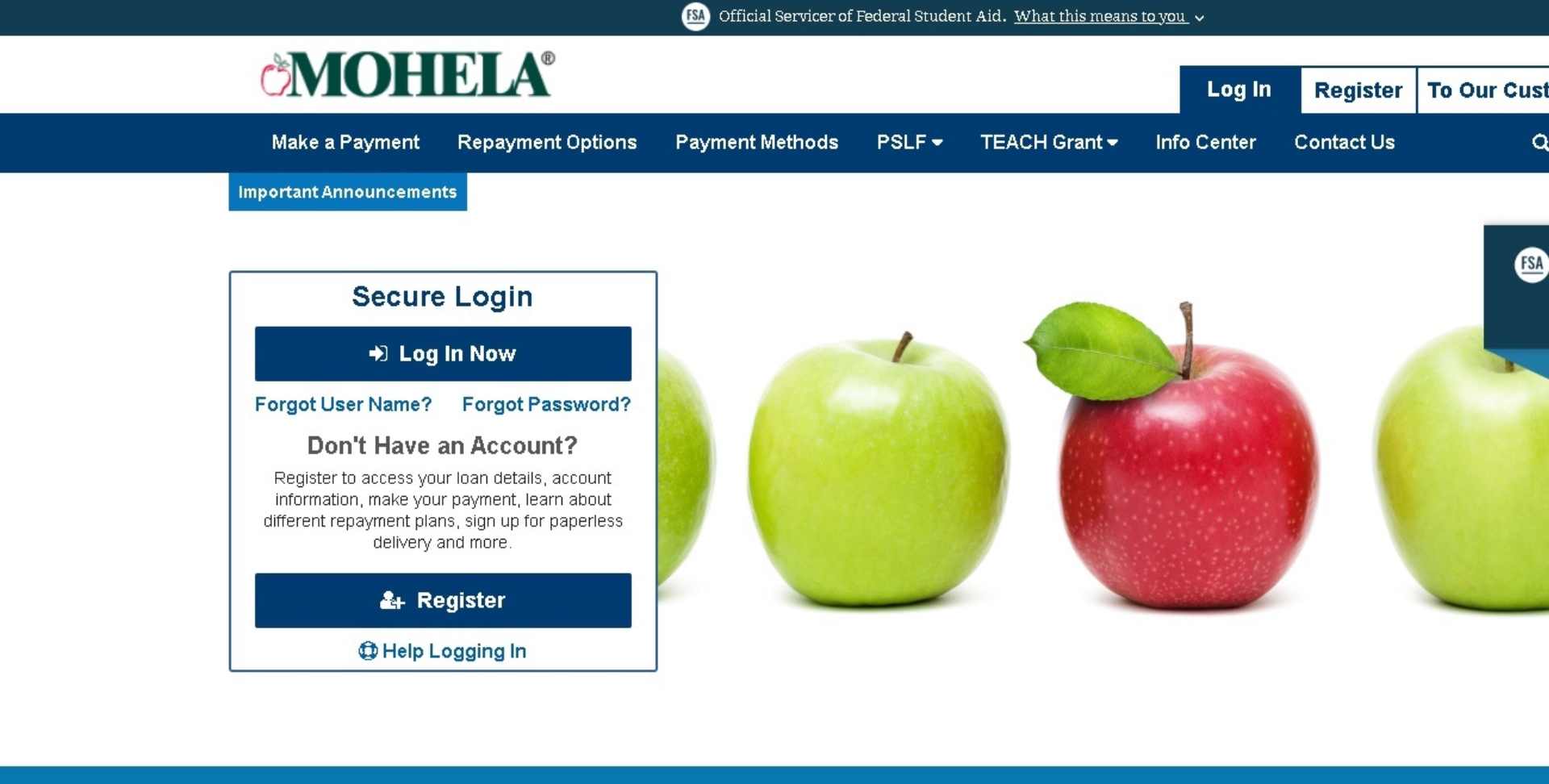
Navient, a servicer of student loans, is transferring the loans of nearly 2.7 million borrowers to MOHELA.
The move has generated some controversy because MOHELA has been previously punished by the Education Department of the US government for its failure to promptly send bill statements to student loan borrowers in the past. While Navient will still retain ownership of these loans, some are worried about how this massive transfer will affect the future of student loans in America.
The Announcement

On January 30, Navient published a news release, outlining what they called “strategic actions” to outsource student loan servicing and create a variable expense model.
The motivation for these actions came from a desire to “simplify the company, reduce its expense base, and enhance its flexibility as a result of the in-depth review overseen by the Board of Directors over the past several months,” the news release said.
A Variable Servicing Model

In its new release, Navient went on to name MOHELA as a “leading provider of student loan servicing for government and commercial enterprises.” (via Navient) “This transaction is intended to create a variable cost structure for the servicing of our student loan portfolios and provides attractive unit economics across a wide range of servicing volume scenarios.”
A variable servicing model differs from a fixed cost model because it can respond to the rise and fall of servicing demands, which would theoretically save money.
The Move Could Eliminate Massive Operating Costs

One of the positives of the move Navient mentions is that the change to third-party loan servicing could save the financial services company nearly $400 million in operating costs.
They are basing this number on their full-year 2023 operating expenditures. Navient expects the transfer to MOHELA to begin in 2024 and aims to be “largely complete over the next 18 to 24 months.” (via Navient)
Who Is MOHELA?

MOHELA is a company that was founded in Missouri in 1981. Its name stands for the Missouri Higher Education Loan Authority. In the current loan servicing industry, it is one of the largest holders of student loans in the country.
MOHELA enjoys a status as a quasi-government entity since it is owned by the state government of Missouri, owing to its creation by a group of Missouri lawmakers.
MOHELA Punished by the Education Department

MOHELA operates in the student loan servicing industry because of a contract granted to it by the Education Department in 2011.
In 2023, USA Today reported that MOHELA was penalized by the federal Education Department for failing to send its then 2.5 million borrowers their billing statements on time. The delay in billing caused more than 800,000 of its borrowers’ loan accounts to become delinquent.
Funds Witheld from MOHELA

As part of the punishment by the Education Department, MOHELA had to endure $7.2 million in payments being withheld from an October payment to the company.
MOHELA was also ordered to place all affected accounts on forbearance, which will allow any additional accrued interest to be adjusted to zero. This provided relief to many borrowers who are on income-driven repayment plans.
Pandemic Loan Pause

Student loan borrowers in the United States were already on a student loan payment pause instituted during the pandemic.
This hiccup by MOHELA further increased the chaos that was ensuing, due to people finally starting to make payments. Some people had to start making payments on their student loans for the first time, and the process has become especially difficult to navigate.
CEO of Navient’s Statement

The president and CEO of Navient, David Yowan, made a statement about the loan servicing transfer to MOHELA.
“After a thorough review, we are announcing targeted actions intended to simplify our business, reduce our expense base, and increase our financial and operating flexibility,” he said. “Over the longer-term, we believe these actions will increase the value shareholders derive from our loan portfolios and the returns we can achieve on business-building investments.”
Hope from Biden’s Education Department
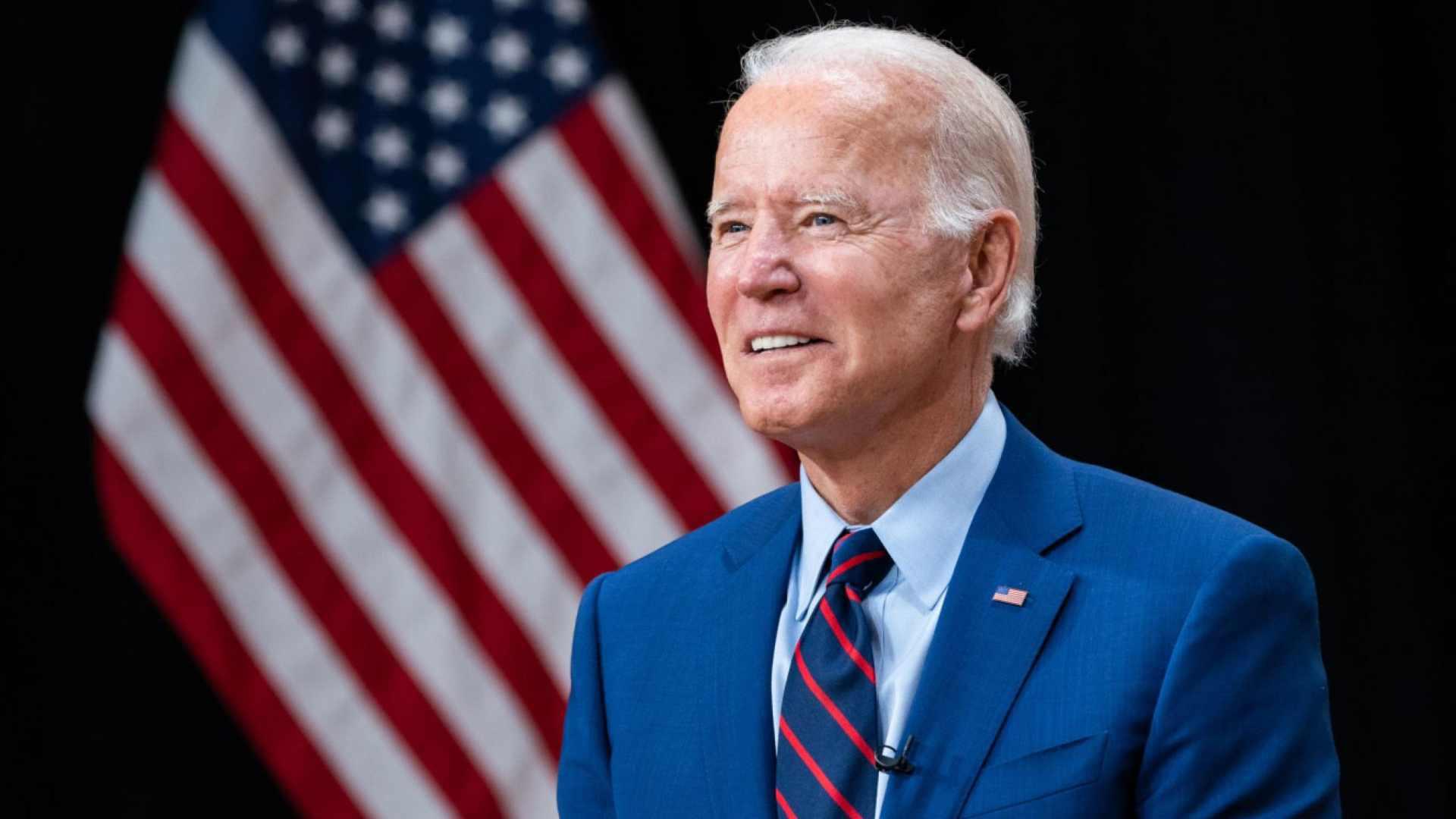
In 2023, Business Insider reported that the Biden administration had plans to remedy the problems caused by bad customer service from loan servicers. The Education Department released guidelines intent on putting more pressure on servicers of student loans so they can be held to better account for their actions.
The department intends to monitor customer service calls and transition loan accounts to better-rated servicers if they determine the original servicer failed to meet satisfactory standards.
Secretary of Education Wants Student Loan Services to Be Held Accountable
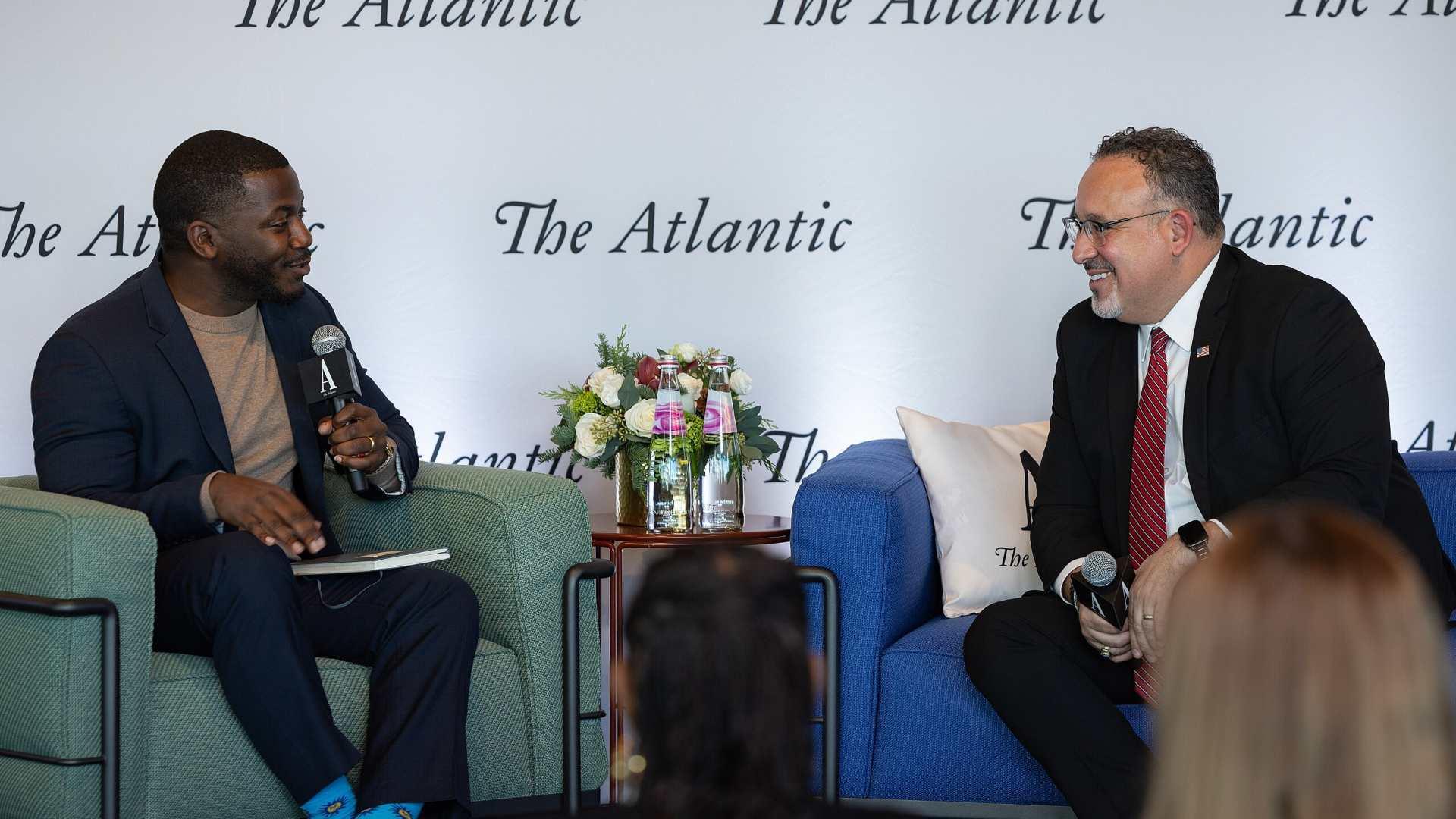
Miguel Cardona, President Biden’s Secretary of Education, wanted to make the administration’s position clear on the failure of student loan servicers.
“The Biden-Harris Administration has made clear that we will not allow borrowers to pay the price for unacceptable servicing failures,” he said. “Today’s announcement should send a clear message to all our contracted student loan servicers that the Department will use the full scope of our oversight and accountability tools to ensure borrowers get the level of service they deserve.”
How Will the Move Affect Student Loan Borrowers?

If efforts to hold loan servicers like MOHELA accountable for their mistakes don’t bear fruit, borrowers might have cause to be worried.
Poor customer service communication can make borrowers miss out on loan payments, costing a struggling loan borrower unnecessary stress and excessive costs. The past actions of these companies don’t give a good image of reliability for the future.
Student Loans in America

According to the Federal Reserve, student loan debt in the United States exceeds $1.77 trillion.
In just the past decade, the average student loan balance has increased by over 66%. The vast majority of this debt, over 92%, is owed on private loans. According to Federal Student Aid, the most owed loan type is direct consolidation loans, which total approximately $547.3 billion.
Crisis for Student Loans
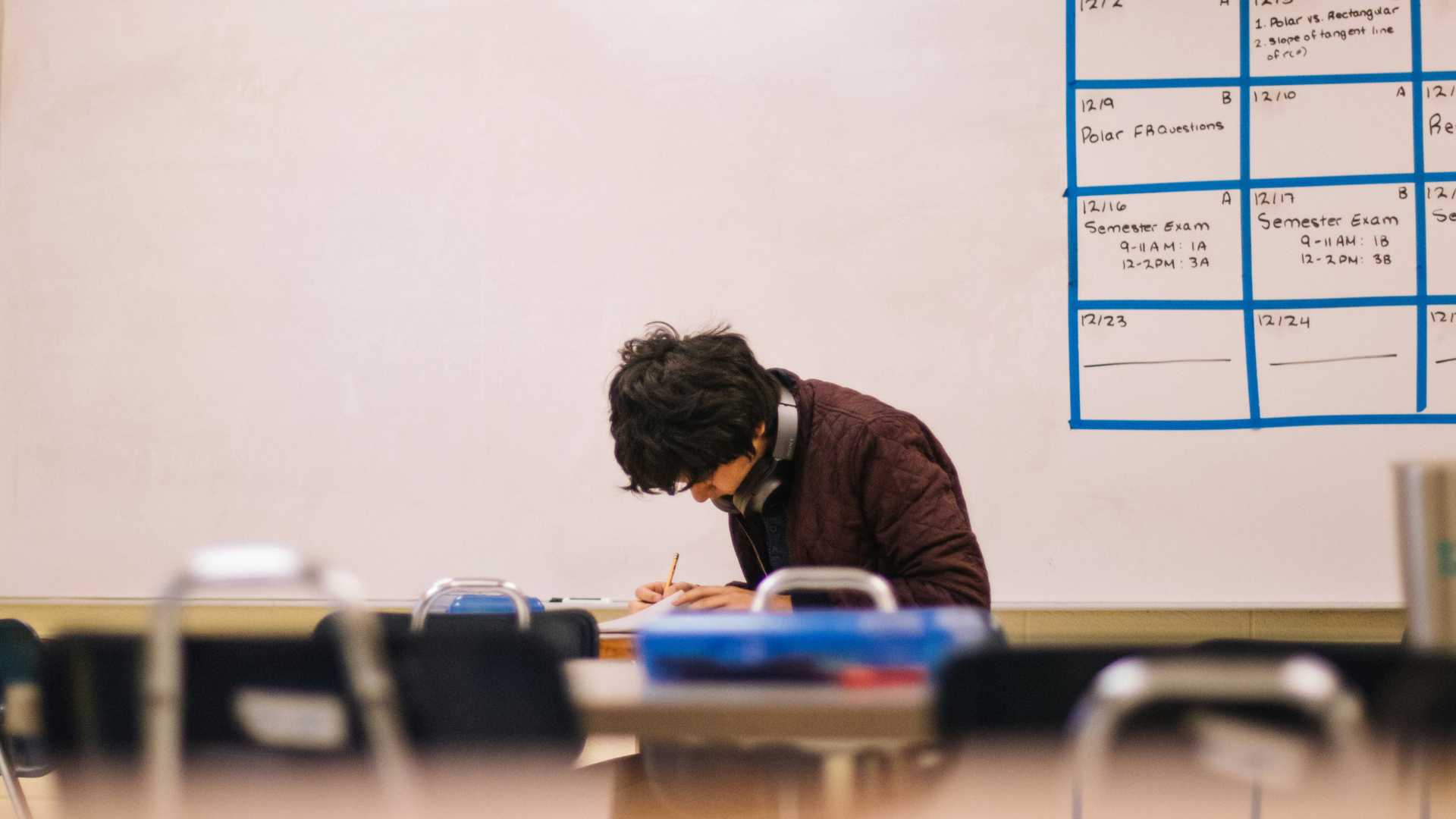
As the amount of student loan debt continues to increase, there doesn’t seem to be a good solution in sight.
This has created both a financial and political crisis, with no clear way forward to address inevitable delinquencies and defaults that will come as a result of the unsustainable system. This debt doesn’t just go away though, and will continue to push down these students, reducing the opportunities that college was supposed to grant them.
Students Are Left With Debt and No Degree

In 2023, The National Student Clearinghouse Research Center reported that over 40 million students with loan debt left college without even earning a degree from their programs.
Without a degree to help them secure a higher-paying job, they are stuck paying back these loans at a reduced rate, wracking up additional interest in the process.
More and More Students are Underemployed

Even many students who manage to graduate with a degree end up in a job that is beneath what their career earnings could be.
The New York Fed estimates that between 38 and 40 percent of college graduates are currently working in jobs that do not require a college degree. While unemployment numbers have been fairly low recently in the United States, much of that might be because people are “settling” for a job that they can get instead of pursuing the job they dreamed of having.
Recent College Graduates Are More Likely to Being Unemployed

According to the New York Fed, recent college graduates between 22 and 27 are more likely to be unemployed than other groups in that age range.
In September 2023, the unemployment rate for recent college graduates with 4.4% while the average worker unemployment rate was 3.6%. When looking at college graduates as a whole, the unemployment rate is around 2.3% in that same period for them.
How Did We Get Here?
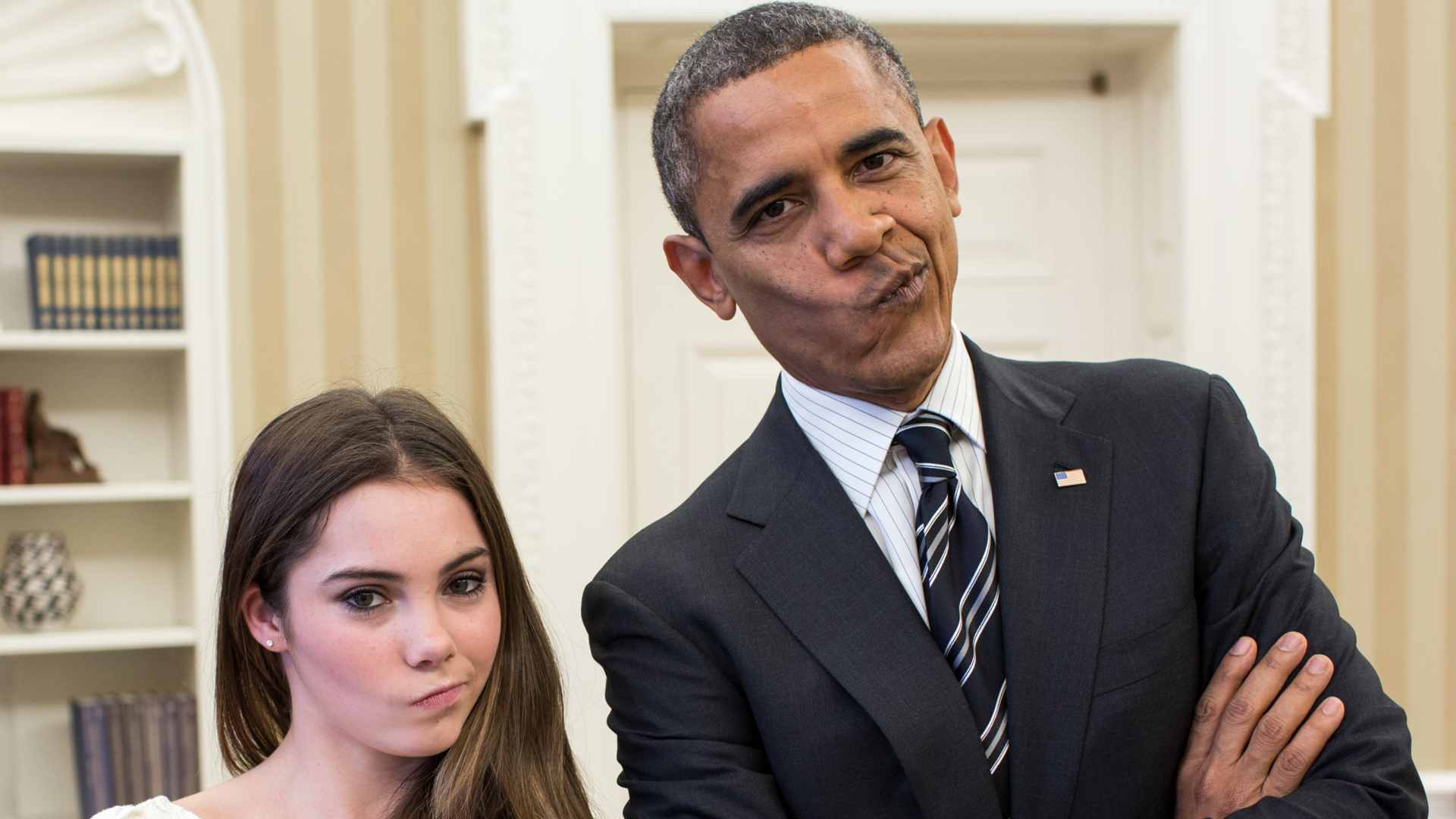
There are various reasons that student loan debt has reached the point it is now. One reason is that politicians have placed a special emphasis on getting a college education because it used to be the ticket to a high-paying career and a better life.
Over the decades, lots of government funding has gone to colleges to allow them to recruit as many Americans as possible. However, as college degrees became more common, they started to lose their luster.
Politicians Love Talking About Education to the Detriment of It
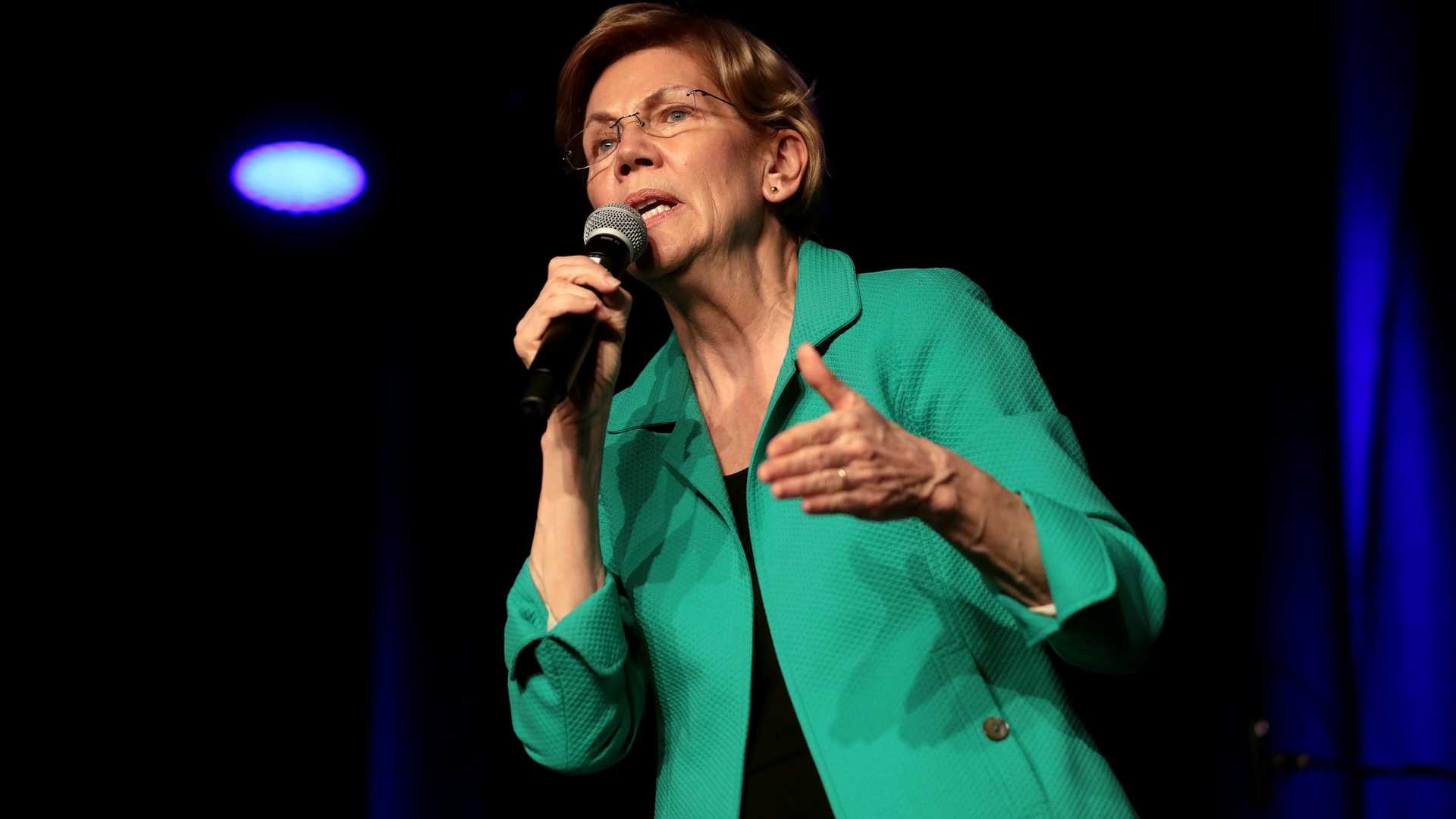
Education is a topic that many running for political office love to talk about. It is an easy thing to support, as many people tend to look forward to a good future for the next generation.
Despite the intense political division in the United States, many can find common ground in wanting to increase the test scores and education levels of students. The result of this education attitude is an increased level of willingness to pass reforms that may be harmful for the sake of the greater good.
The Current Administration’s Efforts

The Biden administration extended the COVID-19 Emergency and Federal Student Aid program that paused payments on student loan repayments with a 0% interest rate in the years following the pandemic.
This forbearance was extended a few times until payments ultimately resumed in October of 2023. While this payment pause was helpful for people struggling with the pandemic, many borrowers are not in a much better position now to make repayments.
Student Loan Forgiveness
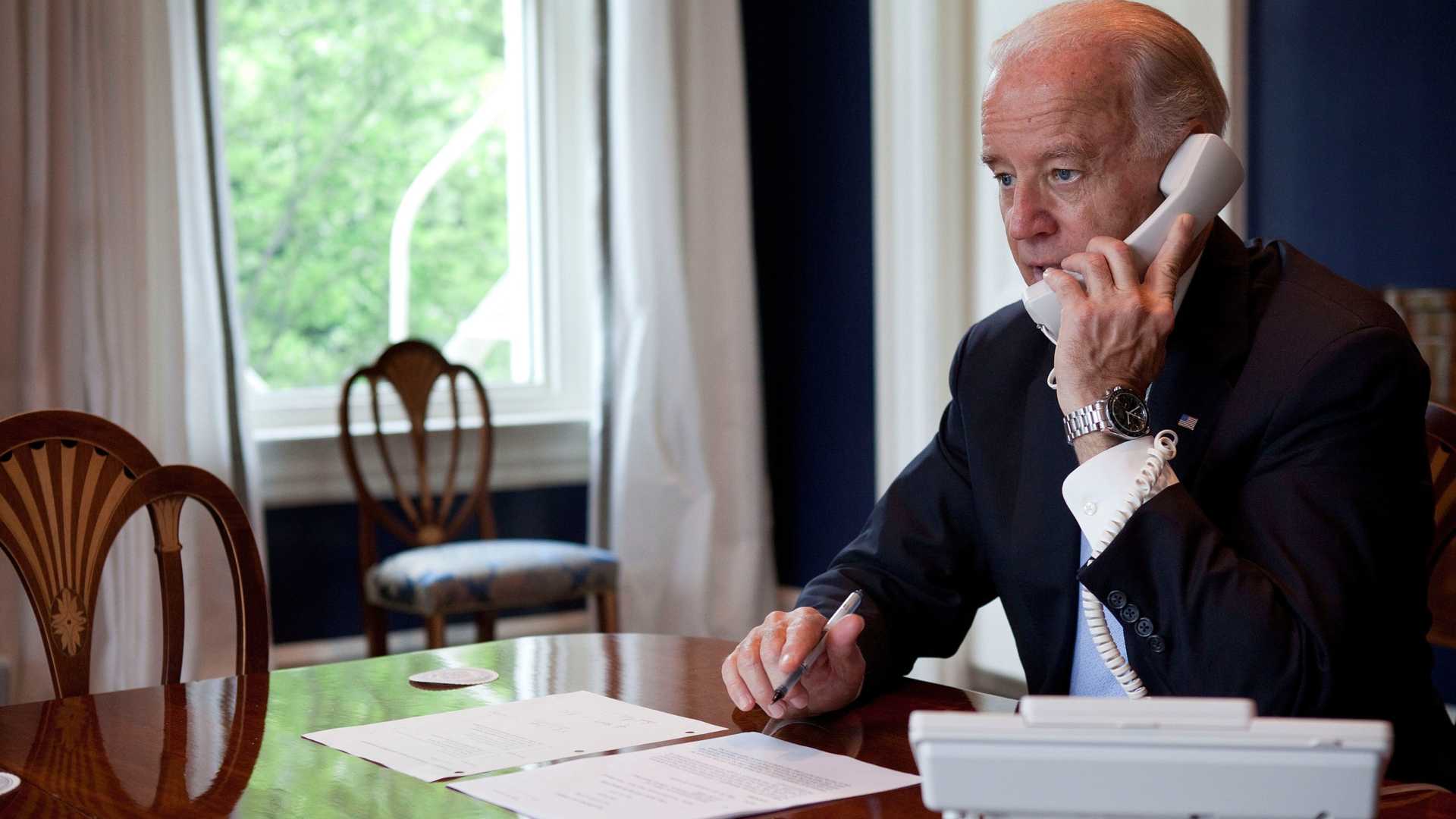
The Biden Administration recently announced another round of student debt forgiveness, which will total around $4.9 billion.
The plan is expected to forgive debt for nearly 80,000 borrowers in the United States. The administration hopes to target those experiencing financial hardship, but it is yet unclear just how eligibility will function. The US Education Department considers the limited loan forgiveness plan to be the “Plan B.” (via CNBC)
The Public Service Loan Forgiveness Program

Previously, the Biden administration hoped to institute a one-time student debt relief program called the Student Debt Relief Plan.
The plan would have allowed for loan forgiveness of up to $20,000 for qualifying student loan borrowers. Unfortunately for borrowers, this plan’s implementation was blocked by the Supreme Court before it could fully go into effect. Originally borrowers would be able to apply up to a deadline of December 31, 2023. (via StudentAid)
How Does Student Loan Forgiveness Work?

There are many ways that student loan forgiveness can work in principle. Many of the proposals rely on taxpayer money from the government to pay for the missing funds that lenders will not be receiving from the ones who borrowed them.
Some American citizens don’t like this idea because they find the notion they have to pay for someone else’s student loan debts through their taxes objectionable.
Opponents of Student Loan Forgiveness
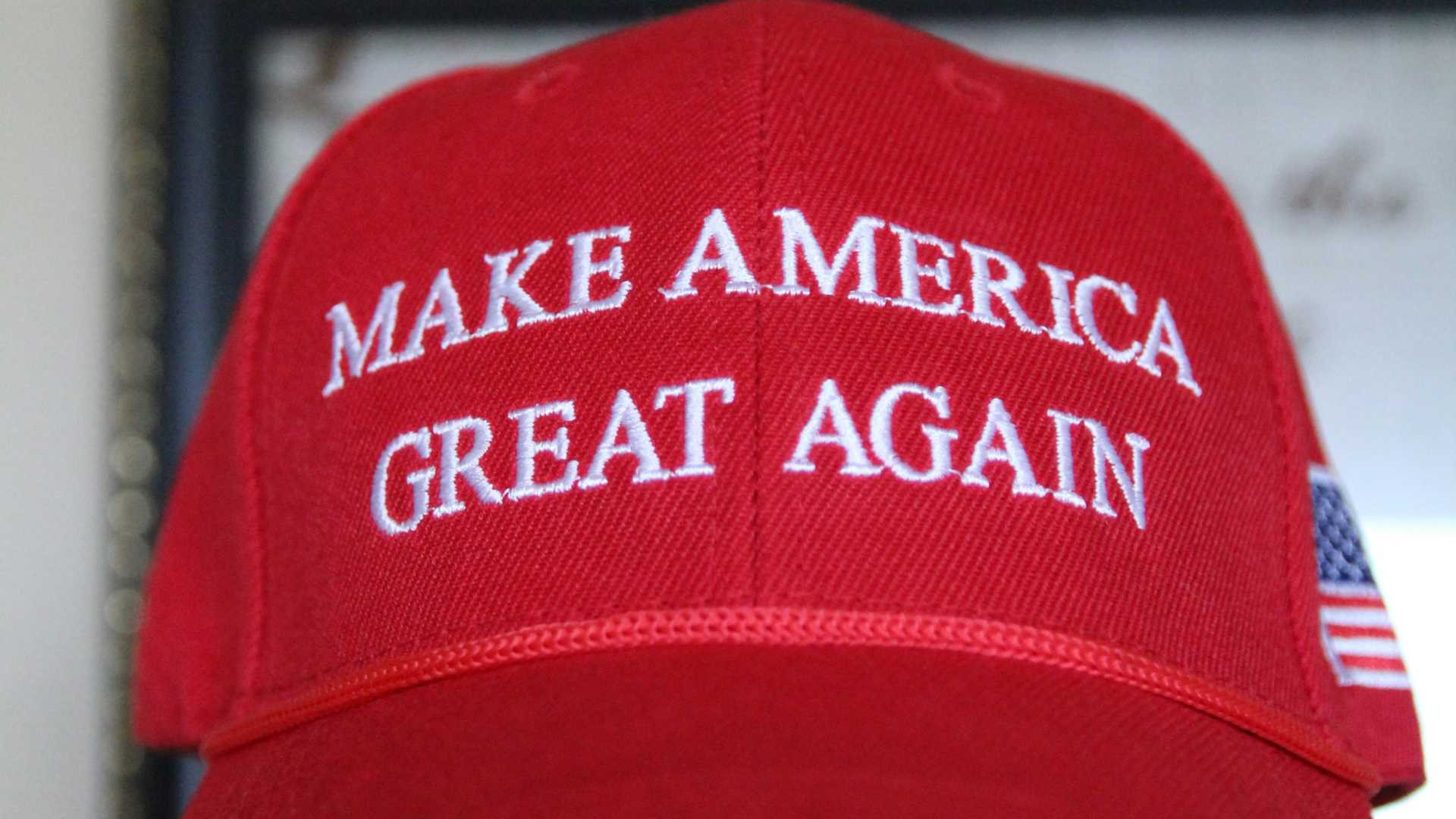
During the recent presidential primary for the Republican party, five of the candidates running opposed student debt relief. (via CNBC)
A common argument put forth by opponents of debt relief is that it will result in higher taxes and further drive up the costs of our colleges. A poll by the Cato Institute found that 76% of Americans would oppose student debt cancellation if it would result in these consequences.
How Do Americans Generally Feel About Loan Forgiveness?

The general US population seems split on the question of student loan forgiveness. An IPSOS poll from 2023 found that people’s feelings on loan forgiveness change based on the income the recipient is making and how much debt is forgiven.
For example, over half of Americans supported the Biden proposal to forgive $20,000 in debt, but only 29% of Americans supported canceling all student debt.
Are There Other Solutions?

While wiping out student loan debt may help provide relief for borrowers who already went through the system, it does little to stem the tide of new borrowers who will likely encounter the same issues.
One proposal floated by activists and politicians is a program to provide free college of some level to Americans. The ISPOS poll found that a majority of Americans would support a two-year tuition-free program for community college.
How Can College Be Free?
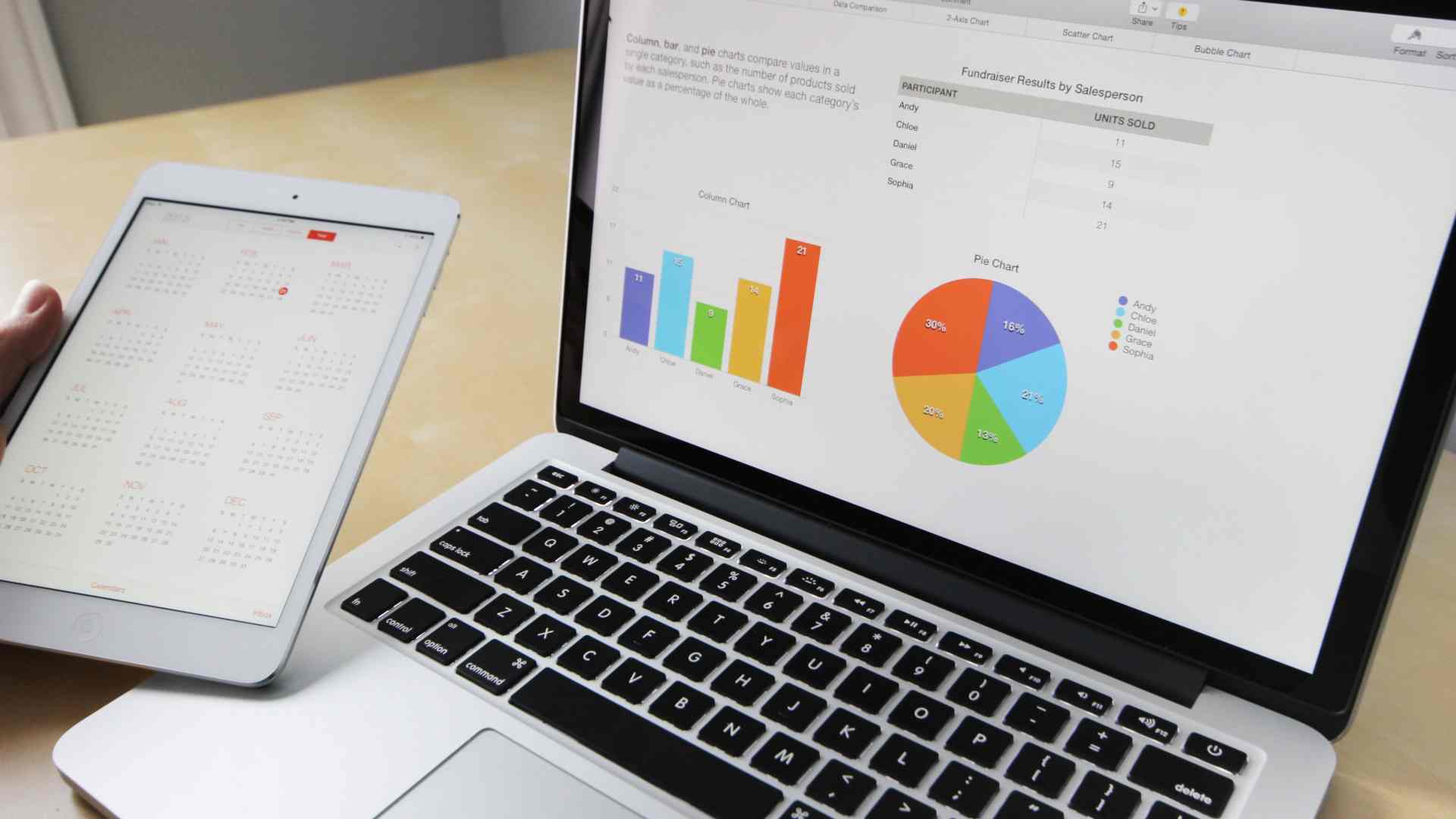
It may seem hard to believe that anything can be free, much less an expensive institution like college, which has seen continually rising rates in the United States.
However, proponents of free college only mean that college should be taxpayer-funded, instead of paid for at the individual level. Countries in Europe like Denmark, Germany, and Norway have some form of free or low-cost college education that it offers to students.
Why Doesn’t the United States Have Free College?

With so many countries in Europe implementing free college programs, many in the United States wonder why such a program hasn’t been tried here.
Opponents of free college proposals say that free college would affect the quality of education. They argue that part of what makes American colleges some of the most prestigious in the world is that they invest so much money into making good programs for students.
Are There Free College Programs In The United States?

According to the Campaign for Free College Tuition, there are 32 current free college programs of some variety operating in the United States.
Many of these programs have strict restrictions regarding age, merit, income, or geography. In 2023, Michigan saw 100,000 applications for its Michigan Reconnect program, which helps residents over 25 with community college tuition. (via The Hechinger Report)
‘Free College’ May Destroy The College System

Another worry that opponents of free college proposals have is that the current college system may crumble if students don’t have to pay for education like they used to.
Certain private universities would likely see a huge drop in potential applicants, which would likely cause them to have to scale back their facilities and programs. This is difficult because many of these programs were built up over many years.
A Free College Proposal May Not Help Low-income Students As Much as People Think
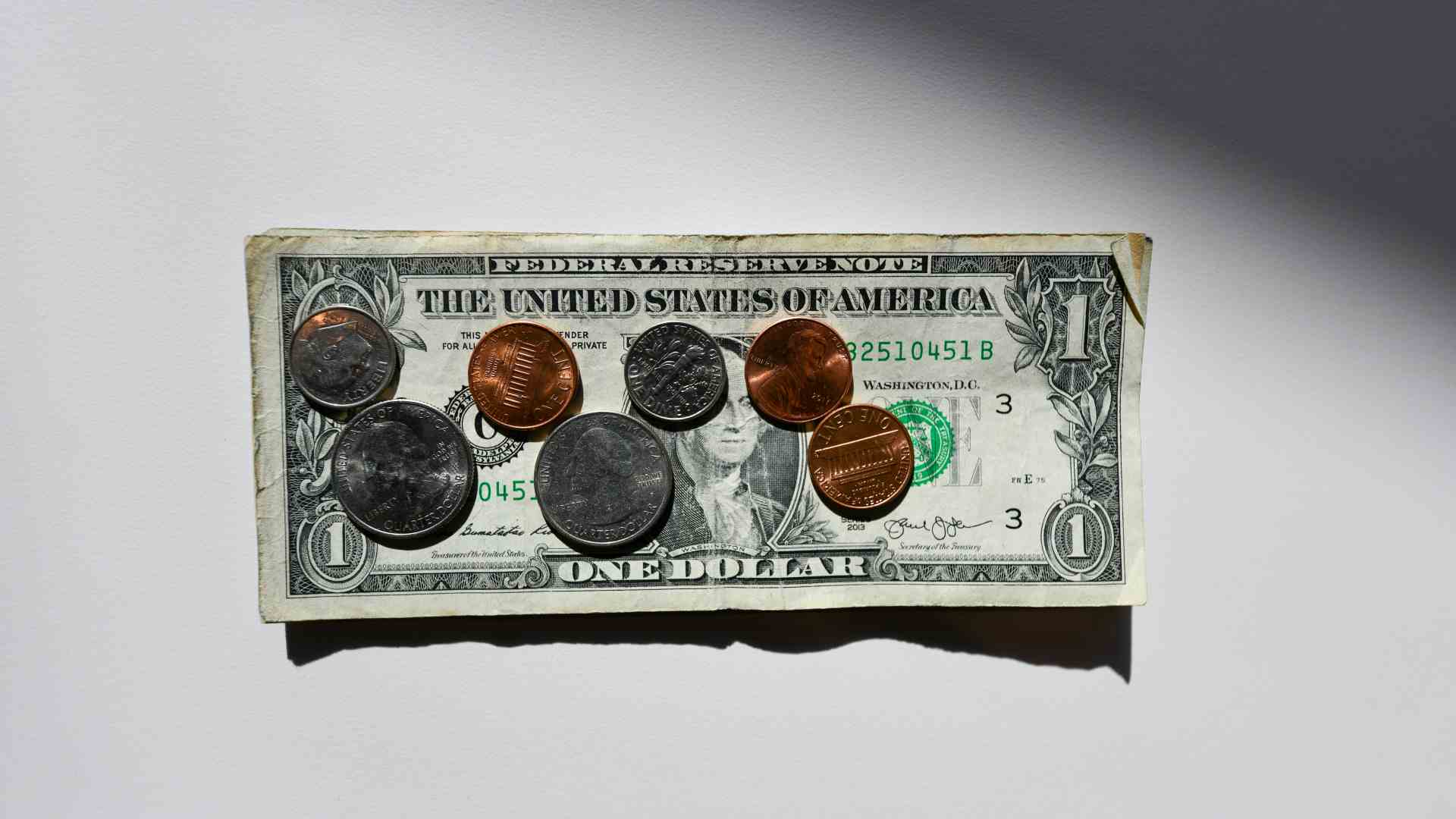
Some of the free state college programs running in the United States use the concept of “last dollar.” This means that tuition is only covered after all available resources like federal aid are used up.
Low-income students, who typically qualify for more federal aid, often cannot benefit from these programs in the same way that higher-income students, who receive less federal aid, can.
Education Costs Have Skyrocketed

The cost of a college education has increased dramatically in recent decades. According to US News & World Report, the price of cost in the United States has jumped 132% for national universities in just 20 years.
As more and more students are pushed into college through scholarships and loan programs, colleges have to offer more amenities to compete. This results in rising education costs as colleges have to fund additional programs, housing, and benefits to capture more of these students.
Wage and Inflation Versus Loan Debt

Another contributor to the rising levels of student debt is the stagnation of wage growth in the United States. Every year the consequences of inflation slowly raise the costs of goods and services.
This would be fine, except that worker wage compensation has not historically kept up with this inflation rate. The result is that people have less total income to spend on things because they are paying an increasing share of their total income for bills.
More Students Demand Loan Forgiveness

A poll by USA Today in 2023 showed that 47% of Americans supported the Joe Biden loan forgiveness plan.
Many student loan borrowers are struggling to make payments due to a confluence of factors, including the pandemic. As politicians like Joe Biden flirt with loan forgiveness, borrowers feel tempted to take on more debt, confident that the politician they voted for will keep their loan forgiveness promise.
Half of Student Borrowers Can’t Even Make Payments if They Wanted To

A survey conducted by Life and My Finances found that nearly 50 percent of respondents said they could not afford to even make student payments on their current income.
Only 22 percent of respondents said that they would have a plan on how they were going to keep up with student loan payments that restarted in October.
This Transfer Just Adds to Borrower Worries

This announced transfer of student loans is just another stone in the tower of worries that borrowers have about the current situation.
As servicing companies are caught mismanaging customer service requirements with customers, the borrowers are the ones who are paying the most under the current system. Well, they would be paying the most if they could afford to.
